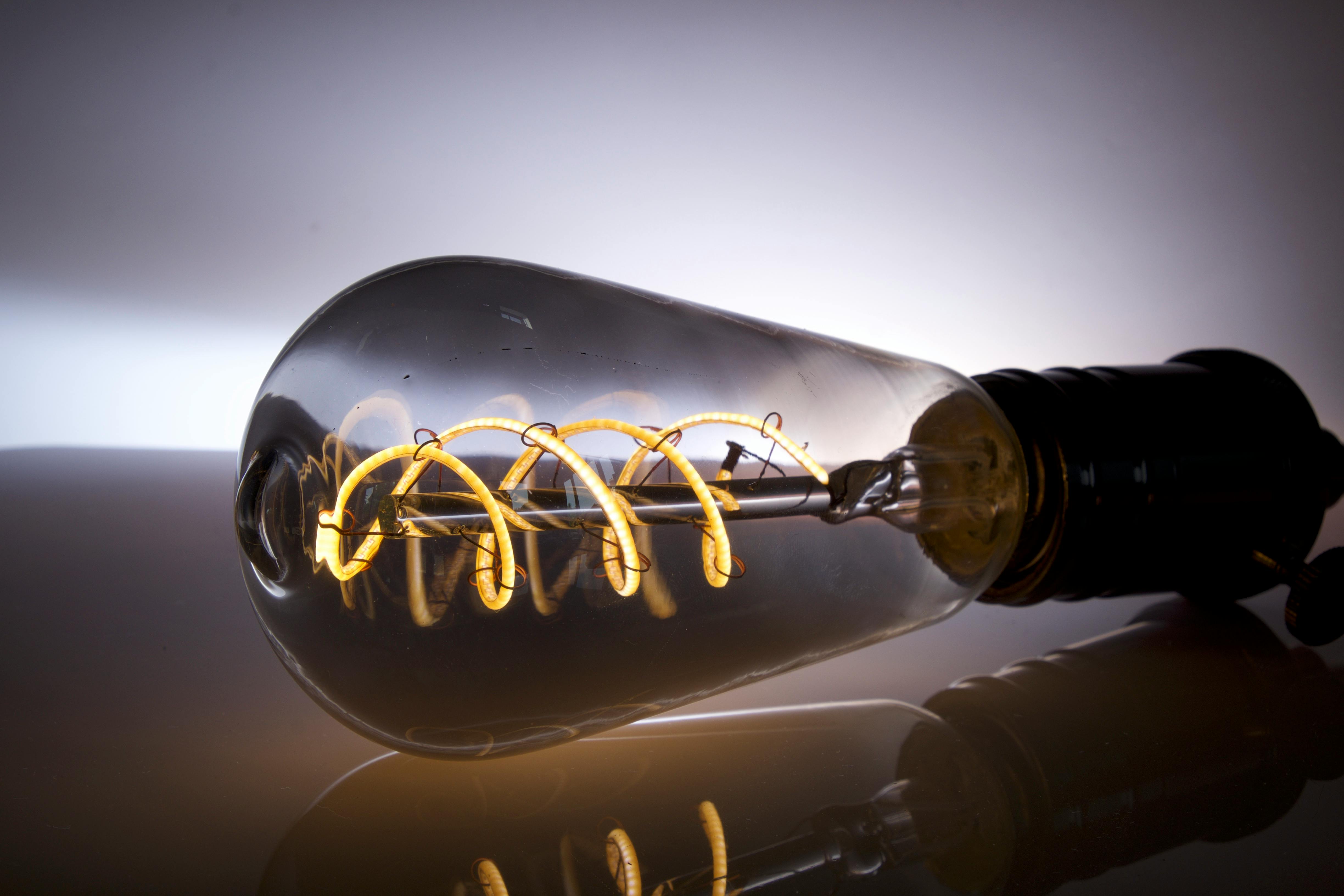Energy Savings Certificates: how they work and how to apply for them


Energy Savings Certificates (CAE's) turn energy efficiency into a business opportunity, generating additional revenue, strengthening regulatory compliance, and boosting corporate sustainability.
At a time when companies must adapt to increasingly demanding legislation on efficiency, CAE have become a strategic resource to turn efficiency into tangible benefits. Beyond an obligation, CAE offer a double opportunity: comply with regulation and monetize energy savings.
Their functioning is simple in concept but requires precise technical and administrative knowledge to make the most of them. In this article we explore what they are, how they are obtained, which sectors have the most potential, and which strategies maximize their value.
An Energy Savings Certificate (CAE) is an official document issued by the Administration certifying that an energy efficiency action has generated a real energy saving.
🔹 1 CAE = 1 kWh of final energy saved.
These certificates can be sold to companies called obligated parties (mainly electricity and gas retailers) that must meet energy savings targets. If they do not reach their objectives with their own actions, they buy CAE from third parties to compensate.
In practice: if you reduce your consumption through improvements such as LED lighting, thermal insulation, or efficient HVAC, that saving not only lowers your bill, it also becomes an asset with economic value.
Any company that carries out a project resulting in a measurable energy saving can generate a CAE, provided it meets the established conditions.
It is not necessary for the company to be legally required to save energy; even companies without that obligation can produce certificates and sell them to third parties.
For a saving to be certified, it must correspond to one of the measures listed in the Catalogue of Standardized Measures published by the Ministry for the Ecological Transition, or be submitted as a non-standardized measure with verifiable before-and-after data.
The sectors with the greatest potential are those with high and stable consumption:
The functioning of the Energy Savings Certificate (CAE) system involves several actors, each with an essential role:
1. Final user / Owner of the savings
Executes the energy efficiency action (e.g., a hotel improving its HVAC) and generates the saving eligible for certification. May transfer ownership of those savings in exchange for compensation, through private agreements or ESC agreements.
2. Obligated party
Energy companies (electricity retailers, gas suppliers, wholesale operators of oil products or LPG).
They have an annual energy savings obligation, which they can meet through:
3. Delegated party
Accredited entities authorized to act on behalf of the obligated party. They manage the technical and administrative process for obtaining and settling ESCs. They require strict accreditation (e.g., technical solvency, equity, certifications) under regulations.The updated list of delegated parties is available on the Ministry for the Ecological Transition and Demographic Challenge website.
4. Intermediary (installer, consultant, engineer, etc.)
Acts between the savings owner and the obligated or delegated party.Facilitates the process, ensures traceability of the transfer, and helps formalize the necessary agreements.
5. Energy verifier (ENAC-accredited)
An entity accredited by ENAC, responsible for verifying that the action was carried out correctly and that the saving is real. A favorable report is essential to request a CAE.The list of accredited companies is available on ENAC’s official website, under Products and Services / Validation and Verification / Verification of annual energy savings (CAE system).
6. Regional manager
The competent body that issues CAE in the autonomous community where the action was carried out.It receives the request for issuance, reviews the file (with the verifier’s favorable report), and issues the CAE.
7. National coordinator
The Ministry (MITECO) acts as coordinator of the CAE system.It registers the CAE in the National Registry and supervises the correct functioning of the system.
Practical case:
A company improves lighting and HVAC.
Important for the final user: The Energy Efficiency Certificate and technical documentation are essential to certify the saving.
The CAE price varies, but the calculation is always:
Revenue ≈ Savings in kWh × Price/CAE.
At Polaroo we do not directly manage the issuance of CAE or energy efficiency certificates, but we can help you with the first step of the process:
A CAE turns certified energy savings into economic revenue.
If you are already implementing efficiency improvements, you can leverage this system to increase the profitability of your investments and strengthen your commitment to sustainability.
Our service fees pay for themselves with the time and money saved by using Polaroo.